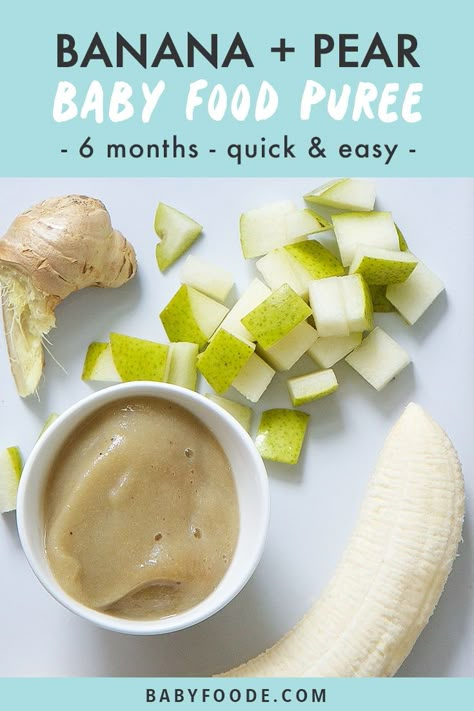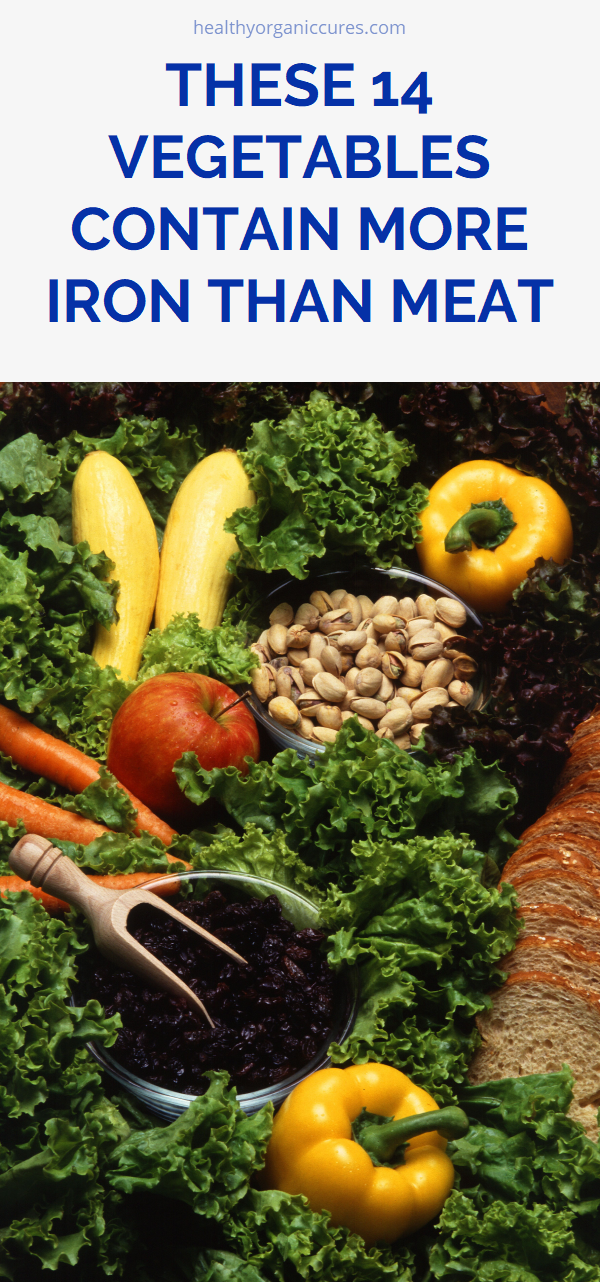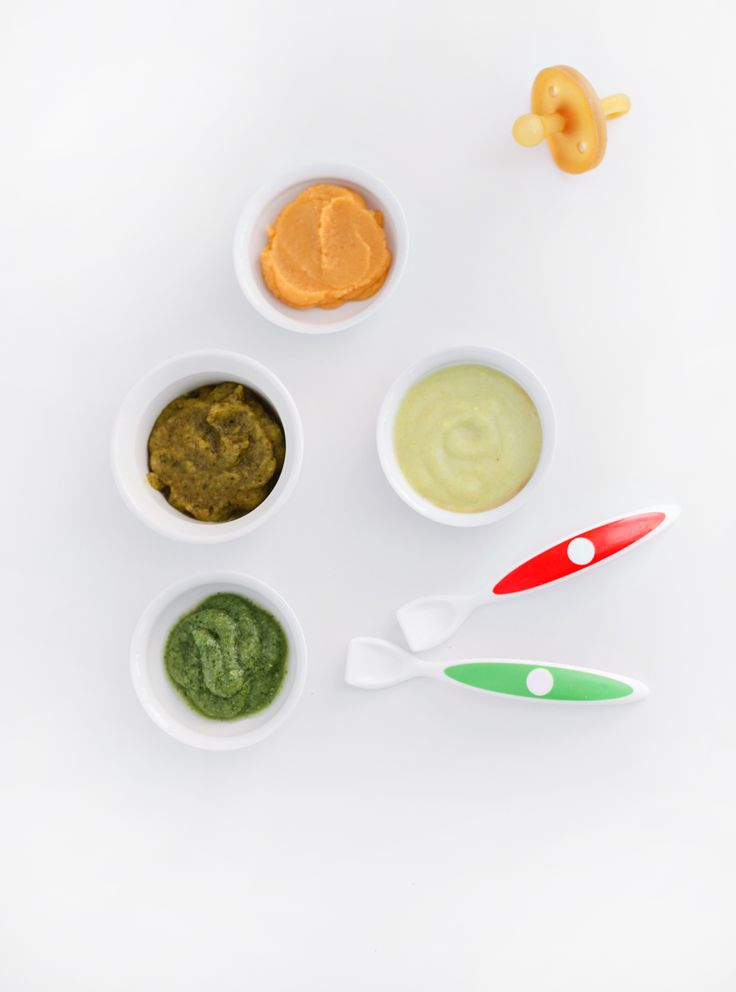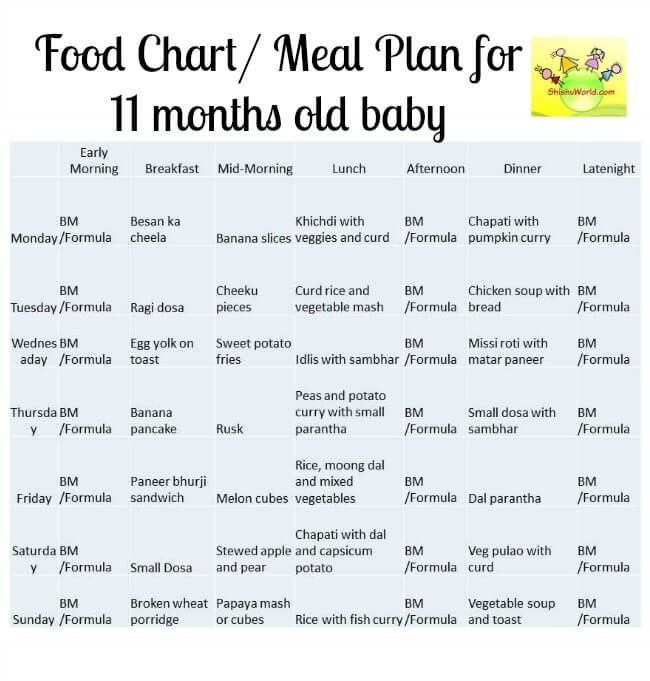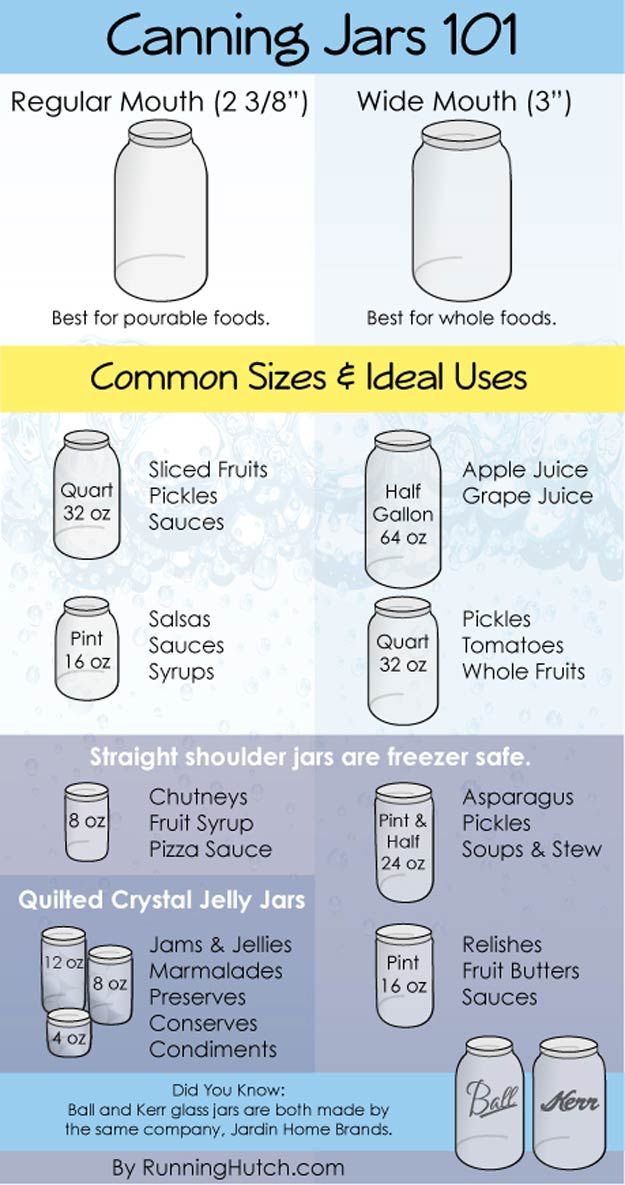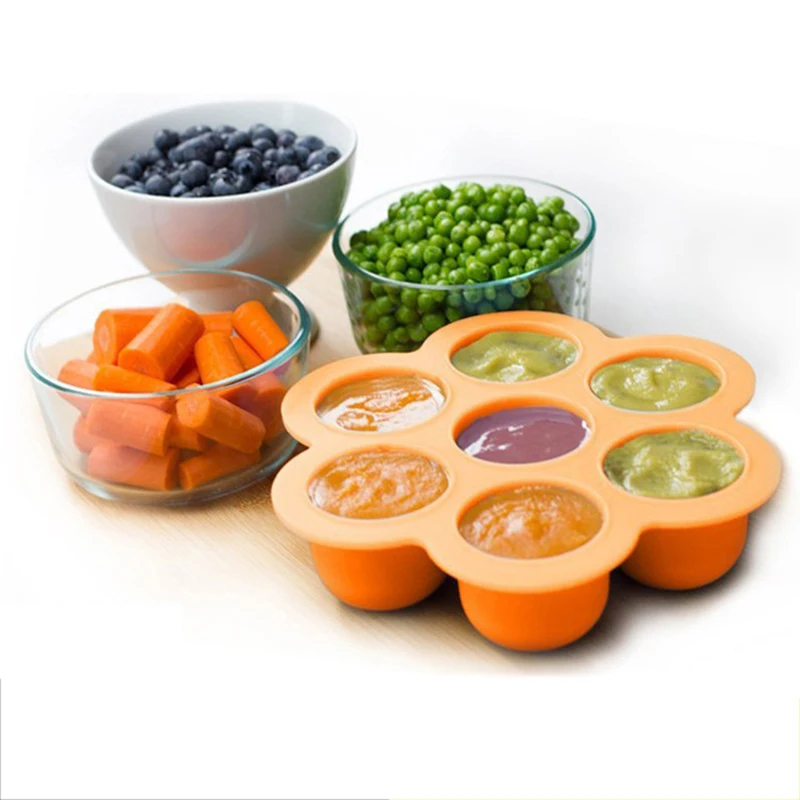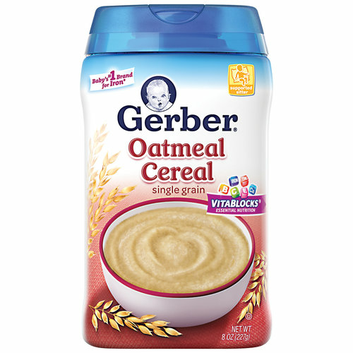Skip pureed baby food
Skip Purees With Baby Led Weaning » Read Now!
Search
Is your baby ready for solid food? If so, did you know that you don’t have to spoon feed your baby jarred food or make your own purees? Instead, skip ahead and go straight to finger foods with baby led weaning. This increasingly popular option fosters healthy eating habits by encouraging your baby to take the lead and experiment with different foods on his own terms. Here’s what you need to know about this alternative way to introduce solids.
Skip the Purees, Embrace Finger Foods
It’s a little bit funny that it’s dubbed “Baby Led Weaning” because you aren’t completely weaning your baby from breast or bottle, you’re just introducing solids in a way that allows your baby to be in control. Instead of “flying” in a spoon full of pureed baby food, you simply offer your baby finger food versions of age appropriate foods. Literally, you set a plate of food in front of your little one and let them explore the textures and tastes on their own terms. If they eat up, great. If they don’t like something, no big deal. They have the power to decide if they are ready to eat something (and whether they like it) or not. It’s that simple.
Is Your Baby Ready for Baby Led Weaning?
Baby led weaning teaches a baby to chew and to move food from the front of their mouth to the back of their throat. It takes a little more work than just swallowing a puree, so here are the recommendations to determine if your baby is ready to get going with this approach to introducing solids…
- Baby is at least 6 months of age or can easily sit up unassisted
- Baby can grasp and hold on to objects and move them from tray to mouth
- Baby has lost the tongue thrust reflex
Great Foods to Get You Started
Obviously, you aren’t just going to grill up a steak and slap it down in front of your baby with baby led weaning.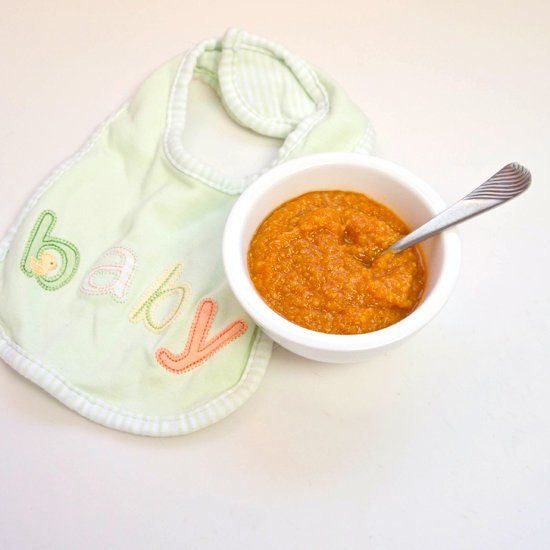 Instead, age appropriate foods should be offered that are soft enough for baby’s gums. Over time, you gradually offer your baby a wider variety of foods, including small pieces of meat or the delicious casserole that the whole family is having for dinner.
Instead, age appropriate foods should be offered that are soft enough for baby’s gums. Over time, you gradually offer your baby a wider variety of foods, including small pieces of meat or the delicious casserole that the whole family is having for dinner.
When first getting started with baby led weaning, cut foods into long pieces that are easy for baby to grasp on to and take bites of. Around 8 months of age, they will develop their pinching grasp and will be able to easily pick up smaller pieces and foods like raisins and peas.
Suggestions For Baby’s First Foods
| VEGETABLES
| FRUITS
|
Please Note: Most vegetables need to be steamed or baked to soften them before cutting or mashing for your little one.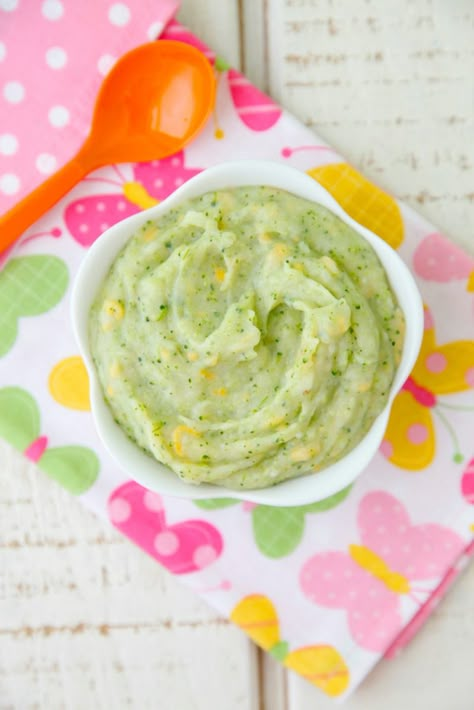 None of these fruits need to be cooked in advance, but steaming hard pears and apples will make it easier for baby to actually eat them.
None of these fruits need to be cooked in advance, but steaming hard pears and apples will make it easier for baby to actually eat them.
Won’t My Baby Choke?
Coughing and gagging can be expected when introducing food in a more solid form, but both responses are completely natural and normal. We all have an inborn gag reflex to let us know when something either doesn’t taste good to us or is too big to go down our throat. When your baby gags, it is protecting them from choking and teaching them that they need to chew or gum their food more. They learn to take smaller bites and properly move food around their little mouth before swallowing.
With baby led weaning it is very important to watch your baby closely through the process. Just because they are in control of the feeding, doesn’t mean you shouldn’t be there to assist them and make sure they are safe.
Pros & Cons of Baby Led Weaning
Pros:- Baby gets to explore textures and “play” with food.

- Less prep work than making purees and much more affordable than buying jarred baby foods.
- Your baby will learn to manage and eat a variety of textures much earlier than a strictly puree fed baby.
- Less pressure on you, the parent. You learn to trust your baby’s instincts through the process. As long as you are providing nutritious foods, there is no worry over whether or not your baby is getting enough to eat.
- Fear of choking.
- It’s messy! There’s no denying that letting your baby do what they want with a plate of food means a greater mess to clean up.
- Not a lot of research on long term benefits of baby led weaning versus starting with traditional purees.
Ready To Get Started?
Are you starting to think that baby led weaning may be the right choice for your little one’s introduction to solids? Here are some tips & tricks to get you going…
Prepare for the mess!- Buy a splash mat to put under your baby’s high chair (we love Kushies Baby Splash Mat).

- Invest in a few full coverage bibs (like Kushies Waterproof Bib with Sleeves or Bumkins Waterproof Sleeved Bib).
- Consider baby bowls that suction to their high chair tray (like the Munchkin Stay Put Suction Bowl).
- Plan around bath time. For those first few feedings, or at least when you’re offering mushier, messier options, be aware that you’ll probably want to give them a bath afterwards, so plan accordingly.
- Experiment with spices! Try adding some cinnamon to their apples or some basil to their potatoes. Expose your baby to a variety of flavors and watch their personal tastes come out! Avoid salt, pepper and anything too spicy such as paprika or cayenne pepper.
- Use fun kitchen gadgets that will simplify your baby’s food prep like the Boon Hand-Held Fruit and Vegetable Slicer.
- Take lots of photos! How much fun will it be to whip out those messy face pictures when your baby is in high school?
To get the complete scoop on baby led weaning, we highly recommend reading the book Baby-Led Weaning by Tracey Murkett and Gill Rapley.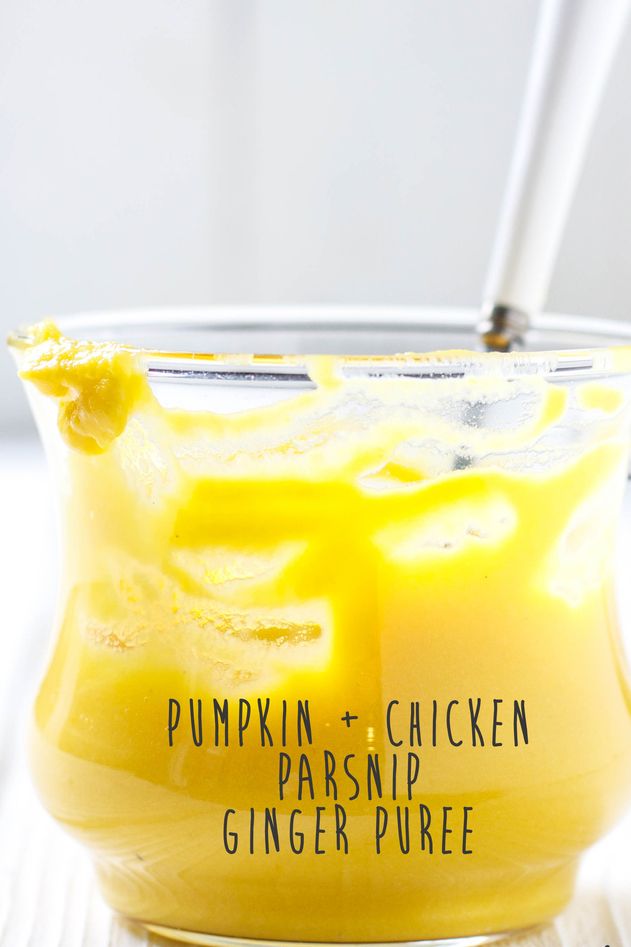 Also, if you have any questions, feel free to ask away in the comments below!
Also, if you have any questions, feel free to ask away in the comments below!
For more great food ideas, check out OUR HEALTHIEST TODDLER SNACKS.
This post is meant for educational purposes only. It is not intended to replace medical advice from your physician, doctor or health care professional. Please read our terms of use for more information.
Photo Credit: Lilac Saloon, The Art of Making a Baby
Should You Skip The Mush? (And Why You'd Want To)
More and more parents are skipping the purees and starting their babies on finger foods. They’re doing away with the spoon feeding, the food processor, the jarred baby food, and the weird pureed fruit and veg combos. Instead, they’re practising baby led weaning, a new approach to starting solids that has infants feeding themselves at the dinner table alongside the family.
While plenty of parents and medical professionals have praised baby led weaning for its many benefits (more on this below), attempting it can be a little scary, especially for first time parents.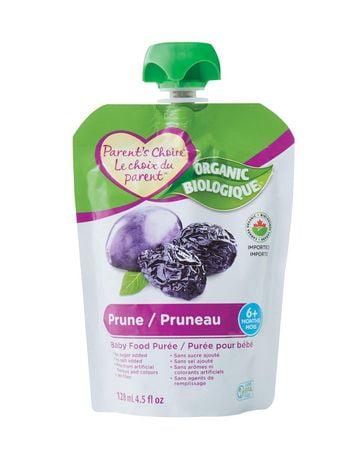 If you’re considering going the baby led weaning route, here are some things you need to know before you start.
If you’re considering going the baby led weaning route, here are some things you need to know before you start.
What is baby led weaning?
In a nutshell, baby led weaning (BLW) is a way of feeding solids that hands the control over to the baby. The baby sits with the family during mealtimes and feeds herself finger foods instead of being spoon fed the traditional rice cereal or vegetable puree.
The term ‘baby led weaning’ was made popular by Gill Rapley, a British midwife, nurse, and breastfeeding consultant. ‘Weaning,’ in this context, doesn’t mean that you stop breastfeeding or giving your baby formula when you introduce solids. In fact, Rapley says that solid foods shouldn’t be pushed ‘at the expense of breastmilk’ (or formula) and that children ‘will phase out breastfeeding when they’re ready.’
How it’s done
Babies are usually able to begin to self feed at 6 months old, although some will wait until 7 or 8 months. When baby shows signs that he’s ready for solids, you offer a range of finger foods of varying textures and tastes.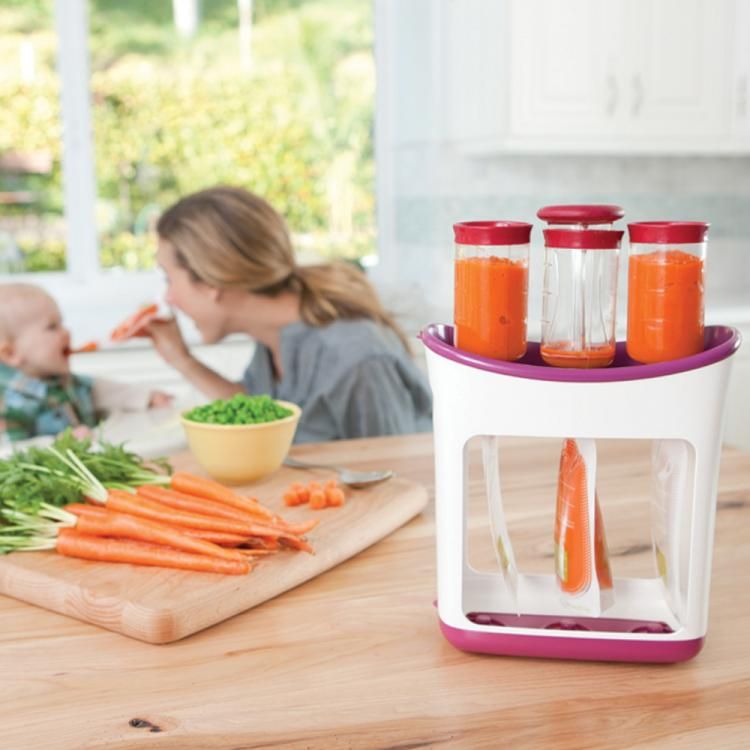
Babies will often start by licking or sucking on pieces of food before they learn to actually gnaw, chew, swallow, and eat. Initially, babies eat very little food. This may cause frustration on the part of the parent, but it’s all just part of the BLW approach. Eventually, baby will actually eat and digest what’s offered. In between meals, keep giving breastmilk or formula. As your baby eats more solid foods, he’ll naturally start drinking less milk.
One big advantage of BLW is that you’re just giving baby what everyone else is having. Great first foods include avocados, bananas, and cooked vegetables like sweet potatoes and carrots. If you’re having spaghetti, let him have some of that. If you’re preparing a salad, set aside some chopped up cucumber for the littlest one. There’s no need for pureeing or mashing or straining.
Benefits of baby led weaning
According to Rapley and other BLW experts, there are lots of benefits from following this approach. These include:
- Learning to like a variety of foods, which leads to less picky eating when baby is older
- Learning to regulate food intake, which leads to less obesity in childhood
- Developing fine motor skills, hand eye coordination, and chewing skills
- Learning independence, confidence, and early decision making skills
- Better eating habits for the whole family
- Less expensive than buying processed baby food
- Less time spent preparing pureed baby food
- Stress free mealtimes
- More quality bonding time with the whole family
Do’s and don’ts of baby led weaning
Look for signs that baby is ready for solids. You’ll know that he’s ready when he’s 6 months or older, shows interest in your food, starts grabbing food off other people’s plates, and shows a general understanding of what food is and what to do with it.
You’ll know that he’s ready when he’s 6 months or older, shows interest in your food, starts grabbing food off other people’s plates, and shows a general understanding of what food is and what to do with it.
Offer solids when the rest of the family are also eating. This allows baby to mimic the adults’ behaviour and the adults to set an example.
Read up. It’s always best to do your research before attempting any child rearing practice you’re not completely familiar with. Rapley offers a step by step guide and answers to FAQs on her website.
Be vigilant. Observe your baby while she’s eating and make sure she’s in the correct sitting position.
Learn first aid. Before you attempt baby led weaning, you must be able to recognise the difference between choking and gagging. Your baby will often gag as he learns to chew and swallow. He may even vomit a little. You have to be able to recognise when he’s just gagging and when he’s choking and unable to breathe.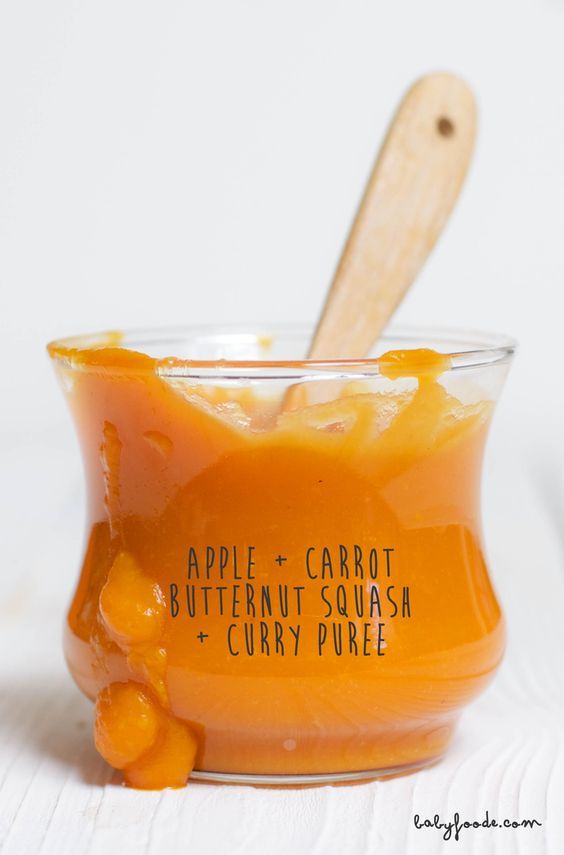
Stay calm. Don’t freak out when baby gags. If you do, you’ll just end up scaring him as well. Do your best to stay (or at least appear) calm and let your baby enjoy his meal.
Anticipate a mess. Especially at the beginning, most of the food you place on baby’s tray or plate will end up on the floor, the walls, her highchair, or her hair. Prepare for this by stocking up on silicone bibs and laying a tarp on the floor to catch spills.
Don’t expect too much. Keep in mind that while some mums and their babies may welcome BLW, it may not work well for you and your child.
Don’t give up. It may take up to 20 exposures to the same type of food before a child learns to like it. If your baby rejects a food, keep reintroducing it until he accepts.
Don’t stress. Don’t force or hurry or scold or get emotional. Just have fun with it!
*Important: Please consult your child’s doctor before attempting baby led weaning, especially if you have a family history of digestive problems or food allergies, your baby was born prematurely, or your baby has special needs.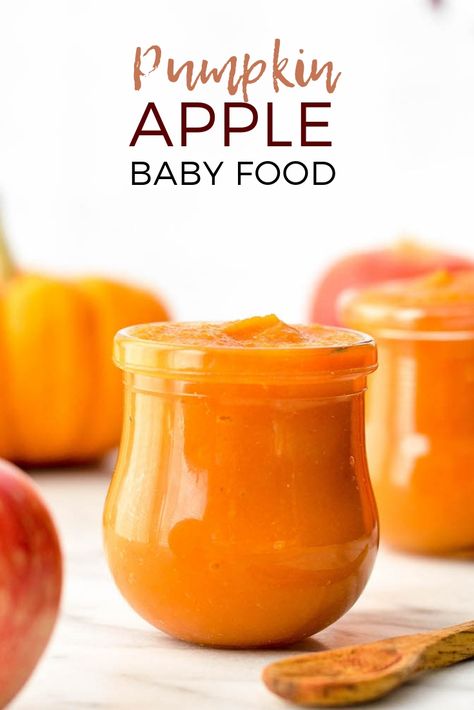
Want more information on baby led weaning? You can also read up the whole series here at Hello Charlie.
Main image credit: Deposit Photos
Like this? Why not Pin it?
5 easy ways to transfer a child to an adult table: from mashed potatoes to pieces
How to transfer a child to an adult table, what are the rules for a healthy diet for a child after a year and how to teach a baby to chew: read about this and much more in our material.
Most often, by the age when grown-up babies have already learned to sit on their own, they show interest in the parent's table. Sometimes, with great zeal, they strive to try everything that is on the plate of their parents or brothers and sisters. And if they managed to get a trophy in the form of adult food, they not only try it “by the tooth”, but they can also smear it on the table or throw it on the floor.
And now there comes a moment when every parent dreamily thinks that soon there will be no need to prepare a “special menu” for the youngest member of the family and everyone will finally eat the same thing.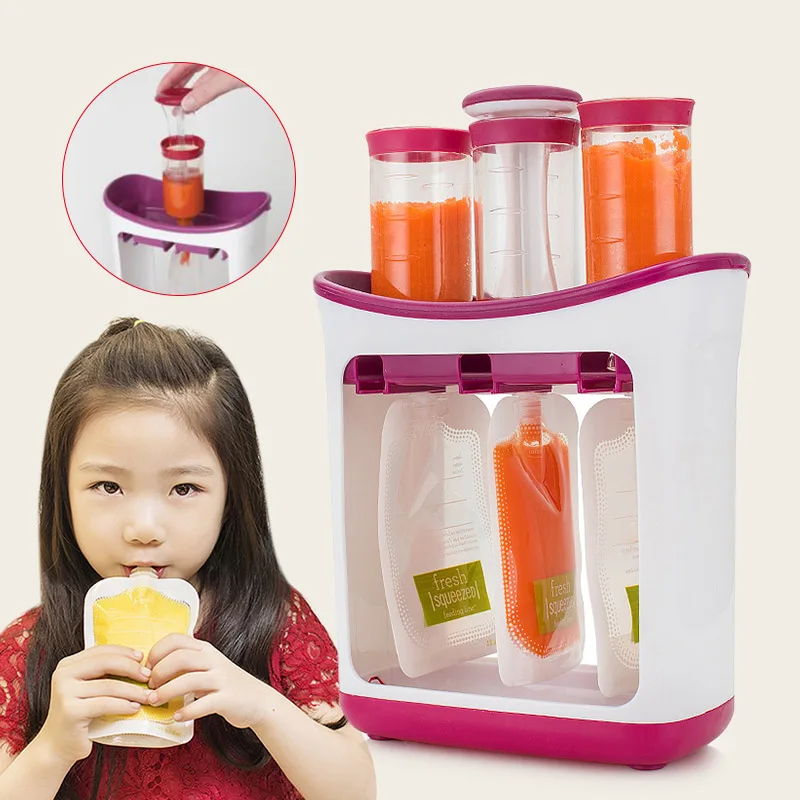 But when does this time come?
But when does this time come?
When is the right time?
Experts agree that there are no clear boundaries, because every baby develops at its own pace. Coordinating the work of all the muscles of the oral cavity and chewing hard pieces can be still difficult for babies. At the first stage of acquaintance with complementary foods, it is better to use homogenized purees, then - products with a puree-like consistency, and later - with pieces. Often at 8-9months, children try to gnaw everything that gets into their mouths, and they usually already have several teeth, and all this suggests that the structure of food can be complicated. Let's see how.
5 easy ways to transition your child to adult meals
1. Take it slow and encourage interest
Starting with mashed potatoes, slowly but steadily add thicker foods to your diet. At the age of 6 months (it all depends on the pace of development of your baby and his physiological characteristics, for example, on the number of teeth), you can safely treat children to special children's cookies.
It will also be useful to observe the food interest of the baby - to notice that he himself is drawn to some adult food.
Be sure to tell us about the taste, texture, color of the product.
Photo: shutterstock / Katrina Era2. Create a special atmosphere at the table
It is very important for kids to follow the routine - eat at the same time, do it in your own place and preferably with your children's appliances from your dishes, and, of course, in your chair. This disciplines, allows the gastrointestinal tract to work by the hour.
Baby chairs are ideal for feeding your baby. First of all, it is safe, but do not forget that the child must always be fastened. Show by your own example how to use cutlery, because kids repeat everything after adults.
Make family breakfasts, lunches or dinners (and conversations) a special time. Time at the table is the time of communication, let it be a good tradition and remain in the memory of the child.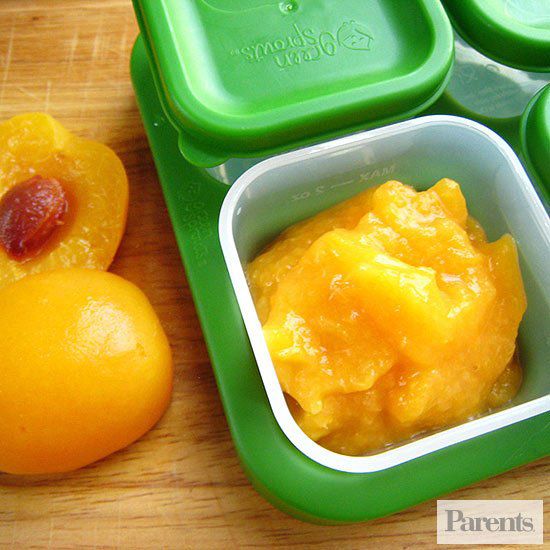
3. Choose special products to transition to an adult table
During the transition to adult food, unfamiliar food may seem tasteless, the child may think that you are giving him something inedible. One of the best transition options would be a special combined puree, for example, the FrutoNyanya line with pieces of meat and vegetables, which will introduce the baby to a new consistency and help stimulate chewing skills due to the pieces of vegetables and crushed grains contained there. In addition, each jar of this line contains 12% of the physiological needs of the baby (aged 9months) in iron.
Photo: Shutterstock / Elena Stepanova4. Cook meals that are suitable for the whole family
Cooking for the whole family is a great idea. The main rule: your diet should be suitable for the child, which means a minimum of salt and spices. Introduce baby vegetable "soups", boiled or steamed vegetables, lightly crushed with a blender or mashed with a fork, into the child's diet.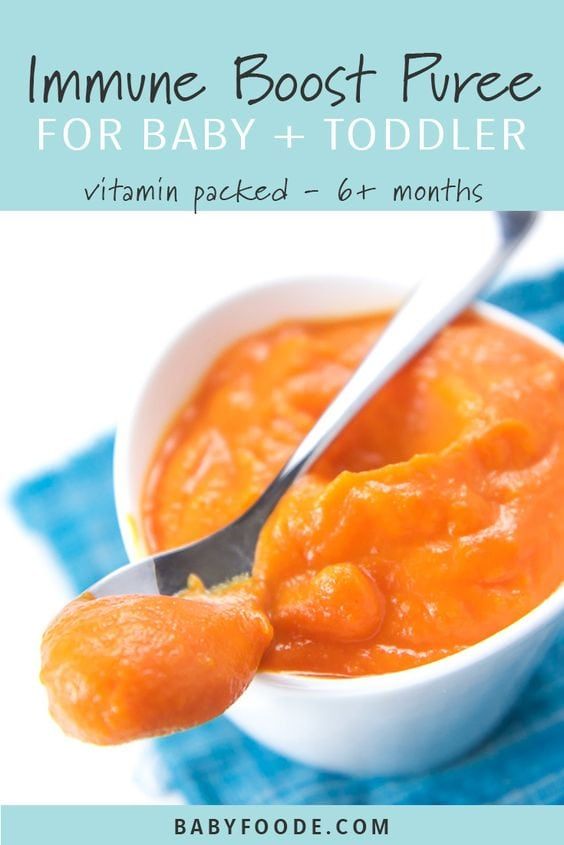 You can give your child to try different foods with pieces. And if he doesn't like it, offer again in a couple of weeks. It is important here not to miss the moment, but also not to rush: if you start introducing thicker and solid foods into your baby’s diet too early, this can lead to eating disorders and other problems.
You can give your child to try different foods with pieces. And if he doesn't like it, offer again in a couple of weeks. It is important here not to miss the moment, but also not to rush: if you start introducing thicker and solid foods into your baby’s diet too early, this can lead to eating disorders and other problems.
5. Avoid watching cartoons and using gadgets while eating
It is important to be patient and not distract your child with cartoons and gadgets. So he will be able to feel the taste of food and learn to enjoy the process of eating - both in the present and in the future. Of course, turning on the cartoon and quickly feeding the child is very convenient, but when the baby is fascinated by what is happening on the screen, his brain analyzes only the cartoon and does not think about the taste of food and satiety at all.
What happens if you miss the moment?
More and more mothers and fathers in parent groups on the Internet complain that their seemingly healthy child refuses to chew solid food.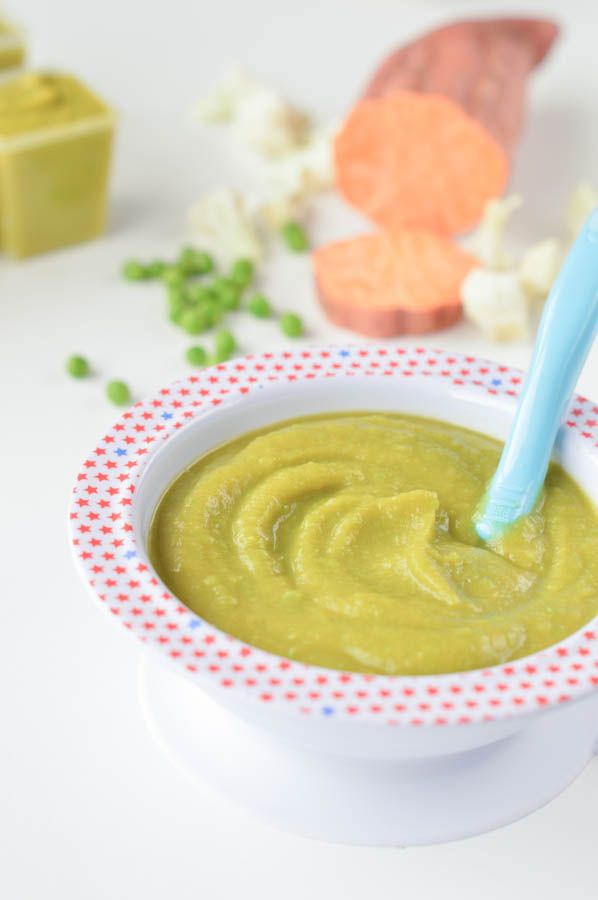 The reasons may be different - for example, "laziness" (kids do not want to chew, as at first this is not an easy process).
The reasons may be different - for example, "laziness" (kids do not want to chew, as at first this is not an easy process).
Delaying the introduction of more adult foods and foods with chunks too long can lead to a range of problems, from eating disorders to functional and even organic disorders. And, of course, the work of the gastrointestinal tract suffers.
The advice in the articles is advisory in nature and cannot replace a visit to your doctor.
Photo: shutterstock / BigLike Images
How to transition your baby from mashed potatoes to regular food
Introducing solid foods with chunks improves satiety and teaches the baby to chew, prepares him for the transition to a common table and trains speech skills. We are discussing how to transfer a child to solid food with puree and at the same time not provoke a refusal to eat, which can lead to health problems, with a pediatrician, medical consultant of the SMART-MAMA project, Polina Aleksandrovna Kizino.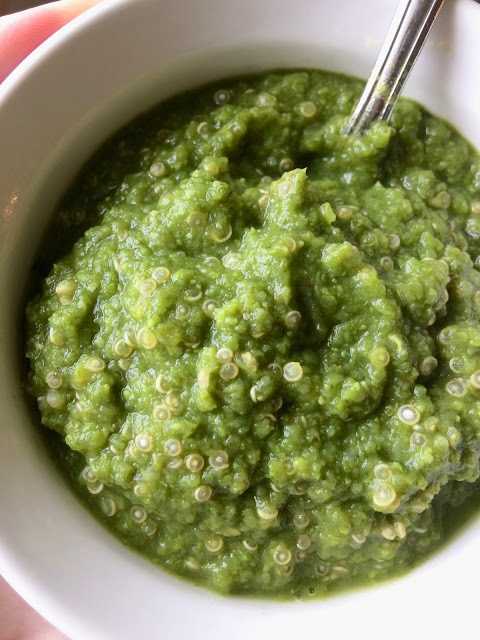
— Polina Alexandrovna, why do you start with pureed food first?
— Classic complementary foods are introduced around 6 months or earlier. At this age, it is quite difficult for babies to coordinate the work of all the muscles of the oral cavity and chew hard pieces. Other than breast milk or formula, the baby has not tried anything yet. Therefore, if you give him hard pieces right away, he may not figure out what to do with them. In addition, for good absorption and easier swallowing, of course, pureed food is more suitable - cereals or mashed potatoes.
If, for some reason, a child begins to receive complementary foods at 7-8 months (that is, later than the recommended 4-6 months), it is acceptable to introduce products with very soft and small pieces, similar to mashed potatoes. Even if a child swallows such a piece without chewing, it will happen without discomfort and does not threaten to refuse food with pieces in the future.
— What should be the consistency of food in the first year of a baby's life?
- At the stage of introducing the first or second complementary foods, the nutritional consistency is required to be homogeneous, that is, completely homogeneous, without pieces, veins of vegetables or cereal flakes.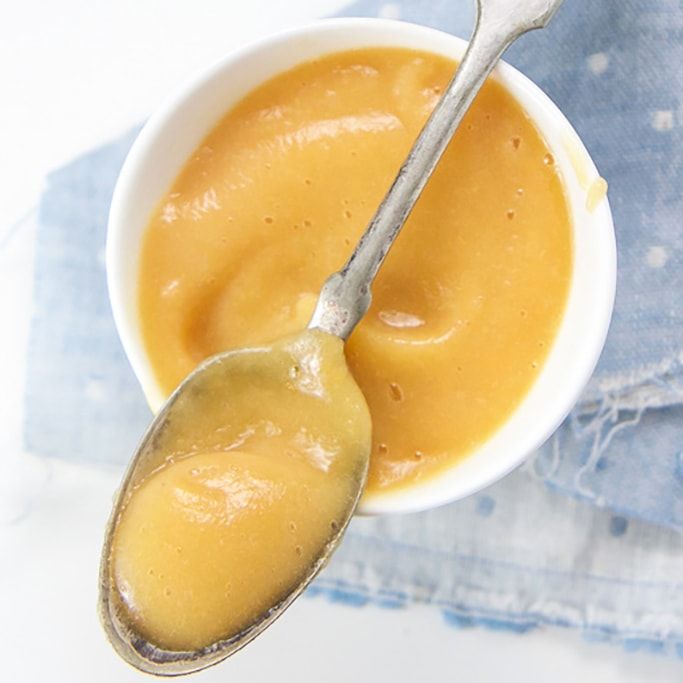 As the baby matures, he is already able to eat vegetables mashed with a fork. Gradually, the pieces may become harder and larger. However, even if the baby eats pieces, this does not mean that homogeneous foods should be immediately excluded when learning to chew. He can get both.
As the baby matures, he is already able to eat vegetables mashed with a fork. Gradually, the pieces may become harder and larger. However, even if the baby eats pieces, this does not mean that homogeneous foods should be immediately excluded when learning to chew. He can get both.
— Why is solid food obligatory for children under one year old?
— It is necessary to transfer a child to solid food only because he will not eat homogeneous purees and cereals all his life. And as soon as the physiological ability to chew appears, the baby begins to chew soft food, even if he does not yet have teeth. If the baby remains on homogeneous food and does not learn to chew, then it will be difficult for him to switch to other foods, he will not want to eat in a new way.
When chewing, the oral apparatus develops: jaws, muscles, teeth. The skill of chewing is closely related not only to the maxillofacial system and food processing, but also to the formation of bite and the development of speech in a child.

— When should I take my child to a shared table with hard food?
- This happens differently for all children, but on average about 7-8 months. At the same time, solid pieces do not mean those products that need to be gnawed, but precisely what is different from homogeneous food.
All changes in the child's diet are introduced gradually. Imagine if he suddenly bites off a large piece that he cannot chew and starts swallowing - as a result, there is a risk of severe choking and choking. Or, at best, experience discomfort, so you don’t want to try this product again. In order not to provoke such situations, all transitions in a child's life must be carried out very smoothly.
— How do parents know when a child is ready for solid food?
— Apart from the age and positive reaction of the child to the proposed product, there are no other signs. Even teeth will not be a readiness factor for solid foods. But if parents delay the introduction of solid pieces and a child at 9-10 months old is not yet familiar with them, then he will not want to eat this and will demand mashed potatoes.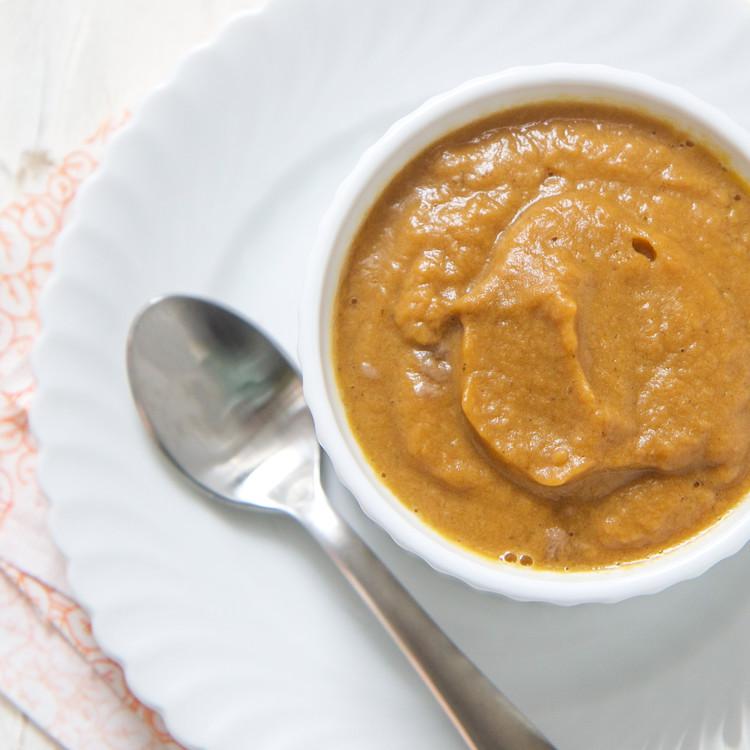
Constant choking on food, spitting up, restlessness of the baby are adverse reactions to the introduction of solid food. It makes sense to consult a pediatrician.
Undigested food in the stool may be normal and should not be a concern for parents. In order for food to begin to be fully absorbed, the body needs time to adapt to complementary foods. It is important to monitor the condition of the baby.
— How to transfer a child to a common table if he refuses solid food?
- Unfamiliar and "unpleasant" foods should be offered at the beginning of feeding while the baby is still hungry. If the baby starts breakfast or lunch with his favorite dish, then, having been a little full and realizing that he got what he wanted, he, of course, will refuse other food.
It is necessary to interest the child in literally all suitable ways:
- demonstrate interest in the product by example, praise its taste;
- offering "children's" food from one's own plate;
- put food on a pretty children's plate;
- beautifully decorate food on a plate, make “pictures”;
- praise for the pieces eaten.

All this does not distract from the process of eating, like cartoons, and does not disguise eating as a game. The food will be interesting for the child, and he will get pleasure and satisfaction from what he eats.
Praise from parents is especially important for babies older than one year. For the sake of keeping the parents happy, the child is sometimes ready to do something that he does not like.
— What food to offer first and what does the child's menu depend on?
- This can be any food, and not necessarily new dishes. But you need to gradually change the density and hardness of food, the size of the pieces. To help in getting to know the pieces, but not with chewing, a nibbler can. Let not all children love it, but this accessory is important for the safety of the child: with it, the baby will not swallow too large a piece and will not choke.
How to start introducing solid food
| Products | Familiar products, but no longer homogeneous, but of a different consistency - you just need to mash the vegetables with a fork, grind them larger, chop a piece on a fork or invite the baby to take the vegetable with his hand and bite off him on his own.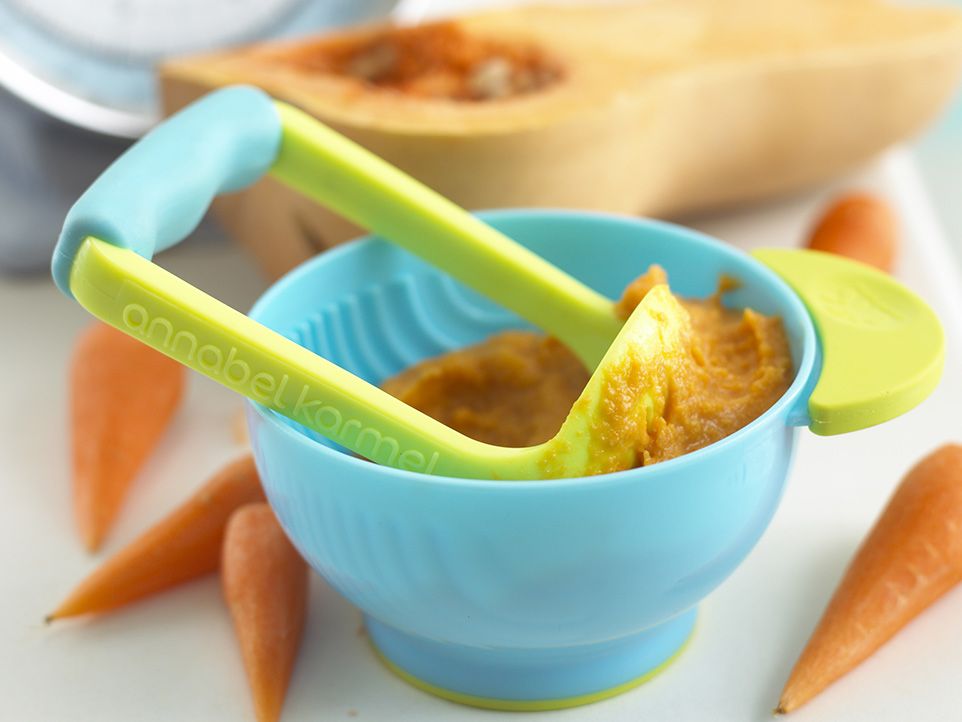 |
| Quantity | Look at the reaction of the child, his desire and ability. |
| Consistency | The softness of the product should be the same as, for example, a ripe banana, so that when swallowing, even without chewing, the baby does not experience pain, gag reflex and other unpleasant sensations. Subsequently, the food becomes more and more solid. |
| Administration order | One new product is administered over three to four days to monitor response. Moreover, it should be exactly the same for the same product in both hard and soft form. |
| Piece size | Start with pieces about the size of a pea. You need to pay attention to how the child will chew the boiled "peas" of food. With their softness, there is practically no risk of choking and it is unlikely that a piece will get stuck. |
— How often should there be hard pieces in the diet? A child can eat only homogeneous purees all day, and then all day - only pieces.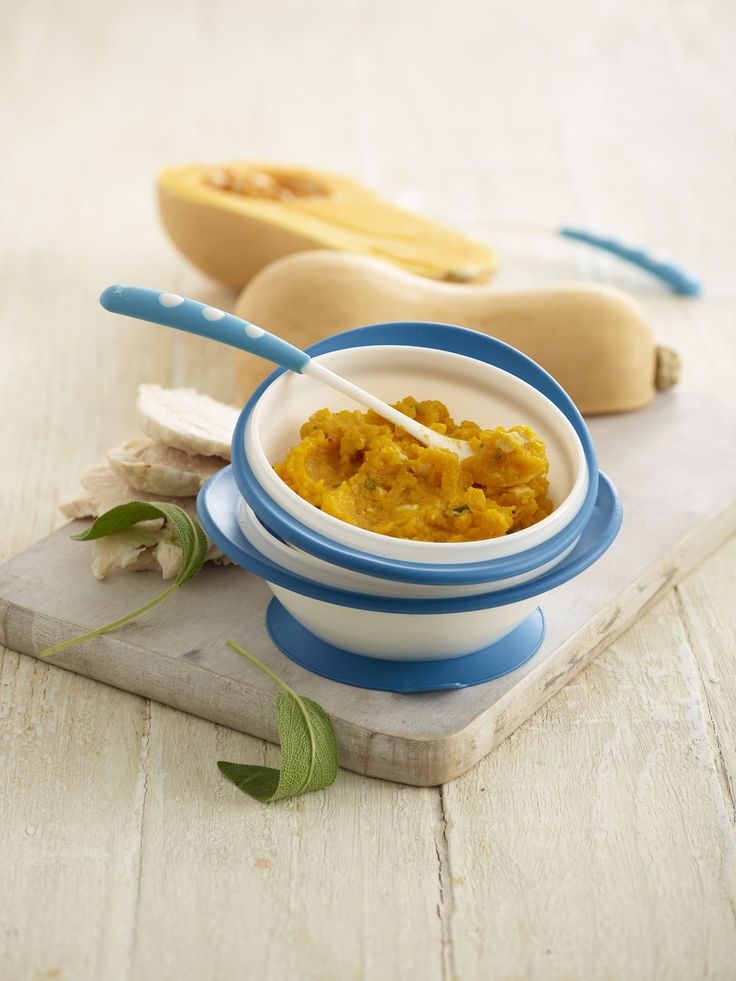 In addition, food chopped in different ways can be mixed in one dish, but so that the baby understands that in the spoon he has not only mashed potatoes, but also pieces. Then he will count on what he will have to chew. Food should be washed down - WHO recommends the mandatory introduction of water at the start of complementary foods.
In addition, food chopped in different ways can be mixed in one dish, but so that the baby understands that in the spoon he has not only mashed potatoes, but also pieces. Then he will count on what he will have to chew. Food should be washed down - WHO recommends the mandatory introduction of water at the start of complementary foods.
- Rusks, bagels or whole fruits - when can they be introduced?
- Hard crackers and fruits can be in the diet for up to a year, but at a time when the baby still has no or few teeth and he will definitely not bite off, but lick or procrastinate treats. The child rubs boiled potatoes, carrots, broccoli well with gums, but cannot chop solid foods from the adult menu. It is right to give them in pedagogical complementary foods in order to introduce the baby to different tastes.
Be aware that when the incisors appear, the child may bite off a large enough piece that he cannot chew. Therefore, it is better for parents not to take risks if they cannot control the size of the pieces.